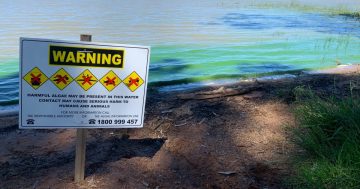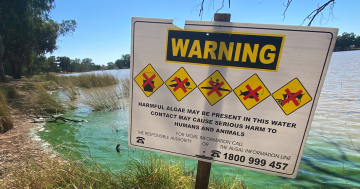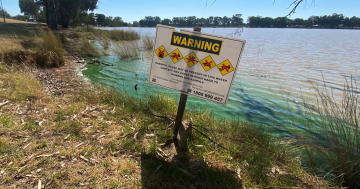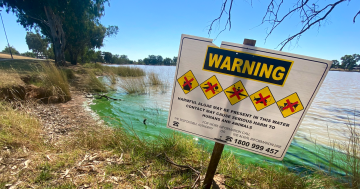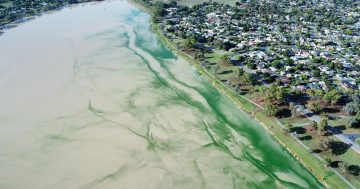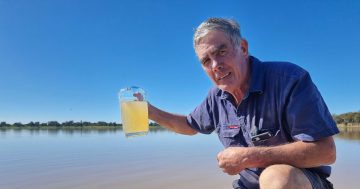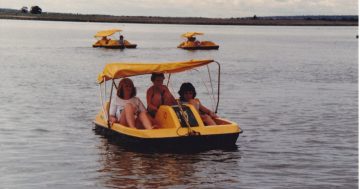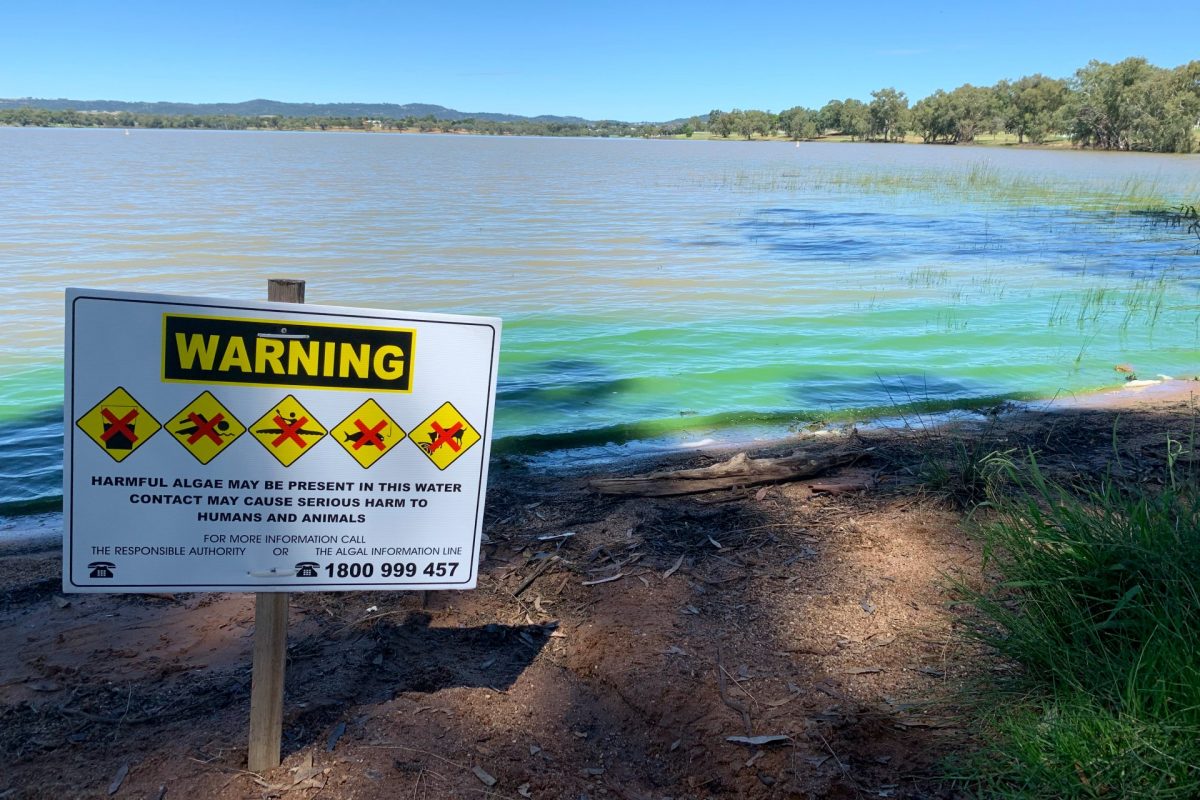
Lake Albert has reopened after being closed in January. Photo: City of Wagga Wagga.
Lake Albert has been given the ”all-clear” by Wagga City Council after the latest round of tests on water samples taken from the lake.
A blue-green alert was issued in late January after algae scum was spotted in the lake, and signs were posted around the shore, including warnings that even pets should avoid the toxic bloom.
Environment and regulatory services manager Mark Gardiner said the council had now confirmed two consecutive results below red-alert levels.
“We have now lifted the warnings for blue-green algae and advise that Lake Albert is once again suitable for recreational use,” Mr Gardiner said.
“As algal numbers can change dramatically with changes in conditions, water users should avoid water which is discoloured or gives off an earthy or musty odour.”
Advisory signage is being removed and testing will continue, but the water is considered safe.
Blue-green algae, or cyanobacteria, is common in Australian waterways and can produce poisonous toxins that can cause skin irritation and respiratory issues and, if swallowed, can cause vomiting, diarrhoea, fever and headaches.
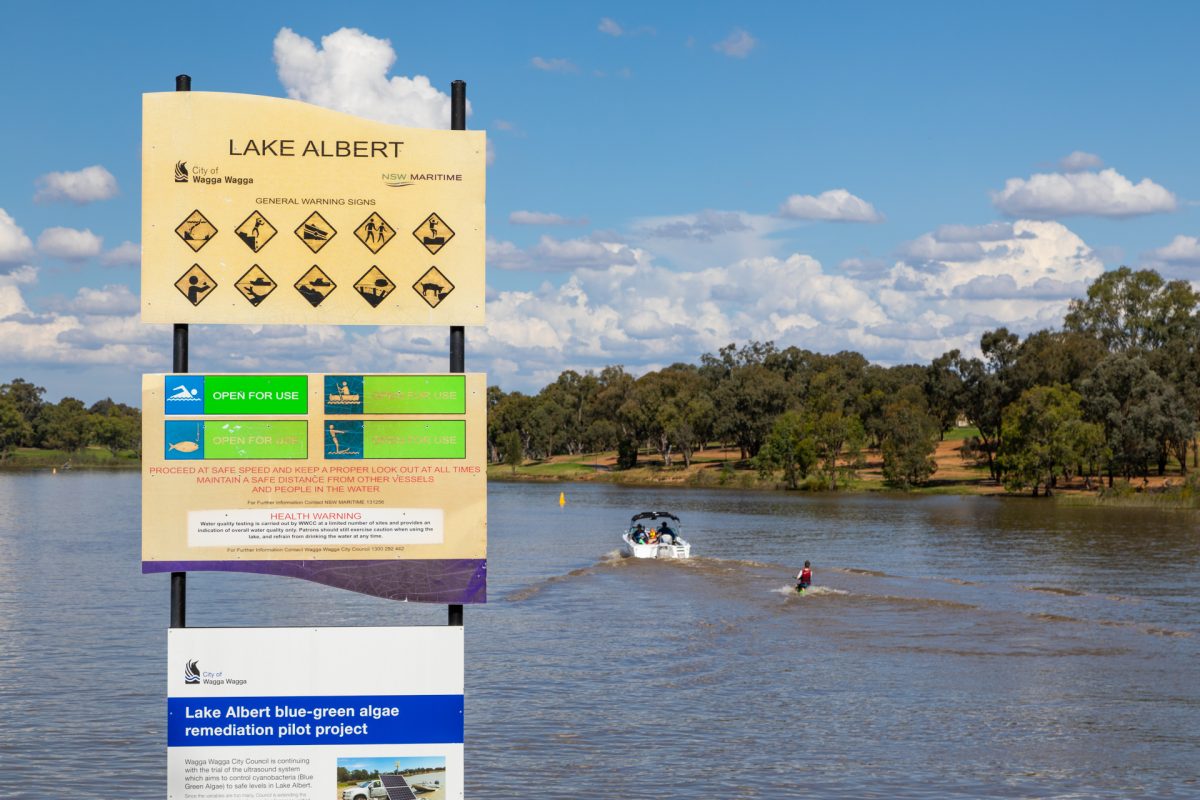
Lake Albert, Wagga Wagga, is again safe for public use but water testing will continue. Photo: Michelle Kroll.
Over the past decade, the frequency of blue-green algal blooms has increased, restricting the use of the popular recreational waterway and frustrating town residents.
Climate change, increased population, agricultural expansion, and domestic chemical use have made managing the waterways difficult.
External nutrients, including farming chemicals and domestic products such as weed killer and laundry powder, are one of the major causes and are introduced through runoff from agricultural and urban areas around the lake.
In 2018, Wagga City Council installed five solar-powered buoys that use ultrasound technology to help disrupt algal blooms.
The ultrasound affects the buoyancy of the algae, causing it to sink to the bottom where it degrades and dies off.
However, one of the problems with a closed-water system is that the nutrients that contribute to the formation of blue-green algae remain and are not flushed out.
Planting aquatic plants and installing pumps that recirculate water around the system have proven beneficial in other water systems, but maintaining Lake Albert’s permanent water levels has been difficult.
In 2021, the council signed a Memorandum of Understanding with the then NSW government to transfer water from the Murrumbidgee River to top up Lake Albert each winter via a pipeline that is yet to be constructed.
Proposed for completion in April last year, the funding is yet to come through and the council is still waiting for a water licence to be issued.
You can keep up with the latest on Wagga’s Lake Albert here.







